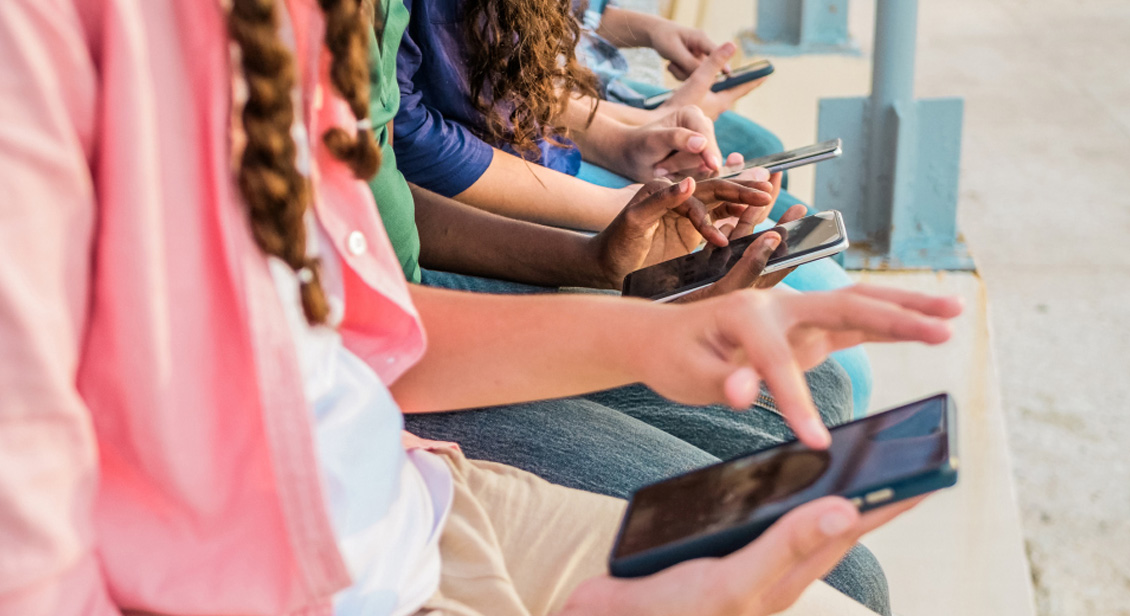General

What you need to know about the new social media rules
If you’ve been hearing about the new social media age restrictions and wondering what they mean, you’re not alone. The changes are an Australian Government initiative which aims to protect young people at a critical stage of their development, by delaying access to social media.
In this guide, we explain what the new social media age restrictions all are about, how they’ll help under-16s, and what it means for you and the young people in your life.
In this article:
- What are the social media age restrictions?
- How will it help under-16s?
- Which social media platforms are impacted?
- Who is responsible for complying with the law?
- How does this impact the under-16s in my care?
- Will I now have to prove my age to use social media?
- If I do have to prove my age, what methods will be allowed?
- How can I help children in my care prepare for the age restrictions?
- Where can I find more information?
How will it help under-16s?
While most social media platforms currently have a minimum age of 13 for account holders, delaying account access until 16 will give young people more time to develop important skills and maturity. It gives them breathing space to build digital literacy, critical reasoning, impulse control, and greater resilience.
It also means there’s extra time to teach young people about online risks and the impacts of harms, as well as how to stay safer online and seek help when they need it. This gives young people a better chance to recognise and deal with online issues when they turn 16 and gain full access to social media.
Who is responsible for complying with the law?
Under the law, the responsibility lies with the age-restricted platforms to find and deactivate existing accounts held by under-16s and to prevent them from creating new accounts. There are no penalties for under-16s who access age-restricted platforms, or their parents or carers.
However, social media platforms may face penalties if they don’t take reasonable steps to prevent under-16s from having accounts.
How does this impact the under-16s in my care?
From 10 December, age-restricted social media platforms will have to take reasonable steps to find and remove or deactivate accounts held by under-16s. This means anyone under the age of 16 will no longer be able to access their account.
However, they’ll still be able to see social media content that’s publicly available and doesn’t require logging in.
For example, if your 13-year-old granddaughter currently has a TikTok account, TikTok will be required to deactivate it from 10 December. If she also has a YouTube account, she’ll lose access to that too. However, she can still watch YouTube videos without signing in or having an account.
If I do have to prove my age, what methods will be allowed?
There is a range of technologies available to social media platforms to check someone’s age at the time of signing up to an account or even during its use. It’ll be up to each platform to decide which method it uses.
No one in Australia will be forced to provide government identification, including digital ID, to prove their age online. Instead, age-restricted social media platforms will have to offer reasonable alternatives to their users.
How can I help young people in my care prepare for the age restrictions?
While the social media age restrictions may come as a relief for many parents or carers, it may understandably make many young people feel upset, worried, or angry. So it could be a good time to start a conversation about social media to see how they’re currently using it or how they may be impacted by the new law.
eSafety has a suite of information and resources to help start the conversation and prepare families for the change .
Where can I find more information?
The eSafety Commissioner website is a good starting point for staying up to date with the social media age restrictions. You’ll find Frequently Asked Questions (FAQs) and resources for families and young people to help under-16s in your care prepare for the new law and how it’ll help keep them safer.